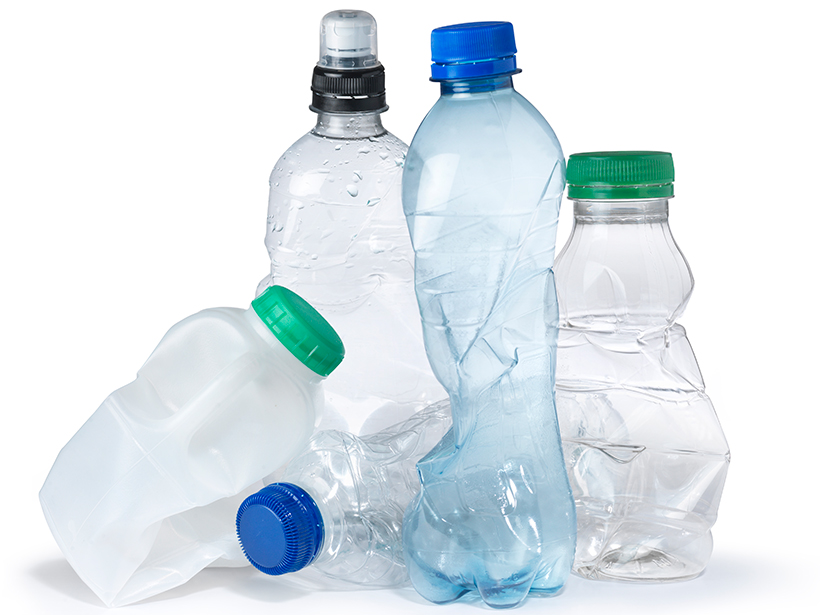Mussels, sea salt, and shrimp: these are just a few of the things that scientists have found riddled with microplastics in the past year. According to research to be presented at a conference tomorrow, scientists can now add another item to the list: humans.
The study tested stool samples from eight different healthy adults and found microplastics in every stool sample tested. The research, which will be presented at the annual United European Gastroenterology (UEG) Week in Vienna, Austria, is another step in what researchers hope will reveal how microplastics move through the environment.
The study “confirms what we have long suspected, that plastics ultimately reach the human gut.”
“This is the first study of its kind,” said Philipp Schwabl, the lead author of the study and a physician scientist at Division of Gastroenterology and Hepatology at the Medical University of Vienna. The study, he said, “confirms what we have long suspected, that plastics ultimately reach the human gut.”
The Facts from the Feces
“Plastics are pervasive in everyday life, and humans are exposed to plastics in numerous ways,” Schwabl said. Previous research has revealed that little flecks of plastic frequently end up in our food and water. A study released earlier this year found that 93% of water in plastic bottles sampled was contaminated with microplastics. Despite the mounting evidence of human exposure to microplastics, little research has quantified the risk and impact.
In this new study, Schwabl and his colleagues chose volunteers from countries around Europe and Asia and asked them to keep a food journal. After 1 week, they tested the subject’s stool using a Fourier transform infrared (FTIR) microspectrometer, which identifies materials on the basis of the wavelengths they absorb.
They found that every stool sample contained microplastics. They tested for 10 types of microplastics; the stool, collectively, contained all but one type.
“All participants had PP and PET particles in their stool samples, which are major components of plastic bottle caps and plastic bottles.”
“Personally, I did not expect that each sample would be tested positive,” Schwabl said. He noted that the small sample size limited the reach of the findings, but statistician Daniela Dunkler at the Medical University of Vienna said that it is reasonable to estimate that more than half of the world’s population may have microplastics in their stool. Dunkler was not involved in the current research.
Two of the most common polymers found in the study were polypropylene (PP) and polyethylene terephthalate (PET). “All participants had PP and PET particles in their stool samples, which are major components of plastic bottle caps and plastic bottles,” Schwabl added.
Dinner with a Side of Plastic
All of this begs an important question: How are microplastics making their way into people’s guts?
“In our study, most participants drank liquids from plastic bottles, but also fish and seafood ingestion was common.”
Although it is still unclear where exactly each fragment came from, Schwabl noted that “it is highly likely that during various steps of food processing, or as a result of packaging, food is being contaminated with plastics. In our study, most participants drank liquids from plastic bottles, but also fish and seafood ingestion was common,” he explained.
It’s too soon to tell if these microplastic shards could have any human health risks, Schwabl said, because currently there are “no human studies which give answer to this question.” Studies in animals show that microplastics can harm intestines, hinder iron absorption, and even make their way into the blood stream.
“Now that we have the first evidence for microplastics inside humans, we need further research to understand what this means for human health,” Schwabl said.
—Jenessa Duncombe (@jenessaduncombe), News Writing and Production Intern
Citation:
Duncombe, J. (2018), Microplastics found in human stool, Eos, 99, https://doi.org/10.1029/2018EO108373. Published on 23 October 2018.
Text © 2018. The authors. CC BY-NC-ND 3.0
Except where otherwise noted, images are subject to copyright. Any reuse without express permission from the copyright owner is prohibited.

